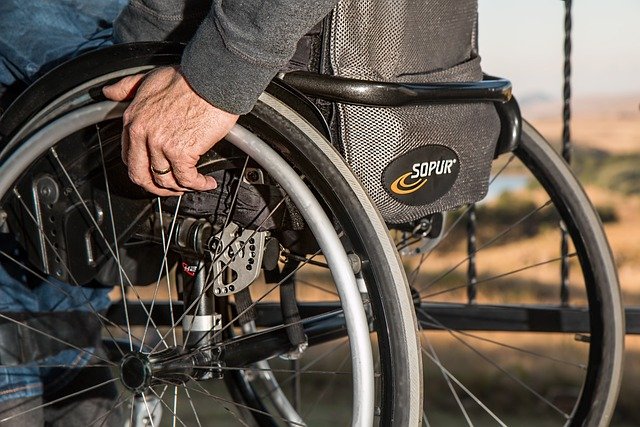The Intricate Dance of Emojis: Changing the Face of Communication
Introduction: Witness a new era of human communication. A world where tiny digital images are shaping our social interactions and transforming our understanding of language. Intrigued? Read below to explore the fascinating sociocultural implications of emojis.

The Historical Journey: Decoding the Emoji Evolution
Emojis, those colorful digital pictographs we frequently sprinkle in our text messages and social media posts, have become an indispensable part of our modern communication. Their journey can be traced back to the advent of emoticons - simple sequences of keyboard characters representing facial expressions, created in the early days of internet communication. Emojis, originating in Japan in the late 1990s, expanded this concept by incorporating a wide range of emotions, objects, and symbols, and quickly became embedded in global digital culture.
Emojis and Cultural Shifts: A New Language for the Digital Age
Today, the use of emojis pervades every corner of digital communication, transcending cultural and linguistic boundaries. Whether a heart emoji to express affection, a thumbs-up for approval, or a facepalm to denote exasperation, these small symbols carry significant emotional weight. They soften the tone of digital interactions, convey sarcasm, humor, and other nuanced emotions that text alone often fails to capture. As such, emojis are playing a key role in shaping our online communication, adding a layer of emotional depth and personalization.
The Societal Implications: Emojis and Identity Expression
Emojis also offer new avenues for identity expression. With the inclusion of diverse skin tones, gender-neutral characters, and symbols representing various cultures, emojis are evolving to reflect the diversity and inclusivity of the global population. This digital language allows users to express their identity, individuality, and cultural affiliations, fostering a sense of belonging and representation in the digital world.
The Science Behind the Symbols: Research Insights on Emoji Usage
Research into emoji usage reveals intriguing patterns. Studies suggest that the use of emojis can enhance the perception of friendliness and increase engagement in digital communication. They also indicate that emoji usage varies by gender, age, and culture, providing a rich area for sociolinguistic exploration. These findings underscore the profound influence emojis exert on our digital discourse.
Decoding the Future: Emojis and the Evolution of Digital Communication
As the digital realm continues to expand, emojis, with their ability to convey complex emotions and experiences in a simple, accessible form, are likely to further engrain in our digital lexicon. As they evolve, they will not only reflect our changing societal norms and cultural trends but also shape the very nature of our digital communication.
In conclusion, as we navigate our increasingly digital lives, the intricate dance of emojis serves as a testament to the adaptability and ingenuity of human communication. Emojis, far from being trivial adornments to our texts, offer a vibrant, expressive, and inclusive language that is changing the face of communication in the 21st century.




